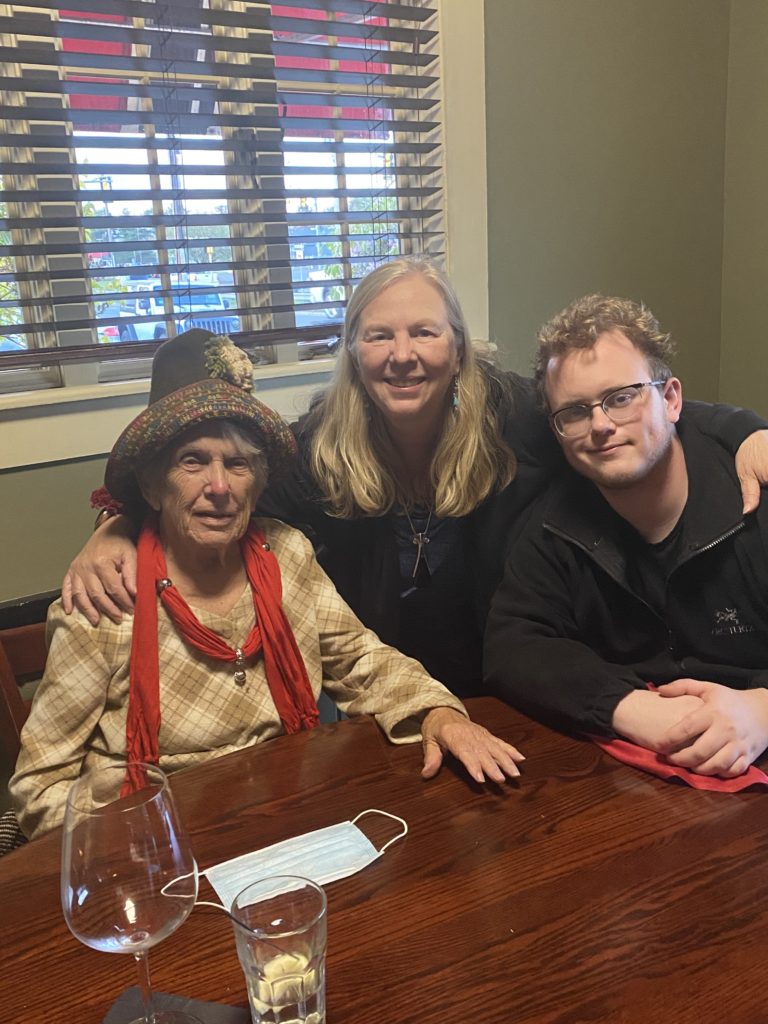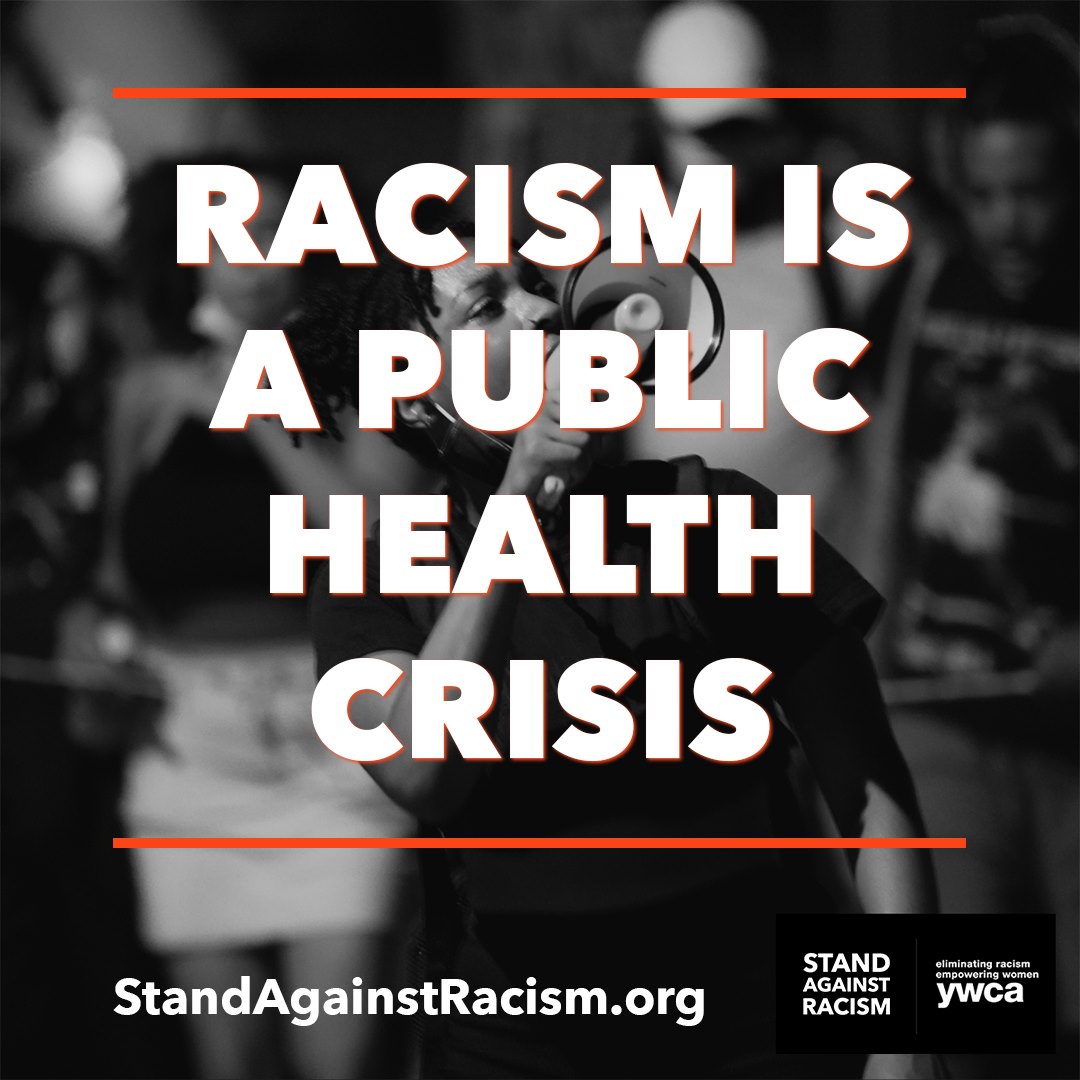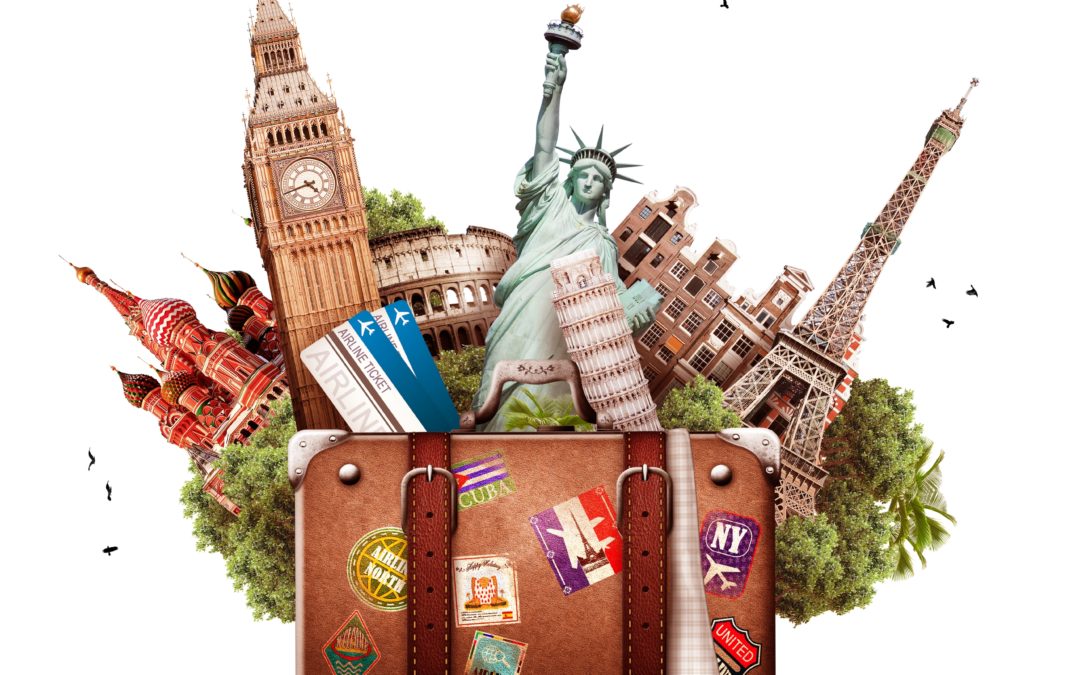The Pandemic Irrevocably Changed Our Lives (and I am so grateful)
Many Americans breathed a sigh of relief when the CDC announced that fully vaccinated people could safely remove their masks and venture out into the world again.
As an avid traveler, I had already booked three road trips in the U.S. and look forward to being able to visit some European countries beginning in June. But once I hit the road, I discovered that the pandemic had changed me more than I realized.
Spending all that time in enforced isolation liberated me from other people’s expectations. When I let all the old stories go, I discovered some truths about myself that had been hidden under the weight of what I thought I “should” feel and do.
You may have felt that shift, too. Things that used to sound like fun aren’t so appealing any more. You have grown used to having time to yourself, time to just daydream and do nothing. You are excited about being able to hug your friends and family, but don’t feel up to the forced frivolity of socializing.
You can chalk some of that up to social anxiety. Even extroverts may feel a twinge of nerves about getting back into circulation.
But some of it comes from real transformation, the kind of deep change that only happens when we have time for reflection and self-awareness.
I am sharing some of my biggest takeaways from this experience in the hopes that they will set off a spark of recognition in you. I am privileged to be able to take this re-entry slowly, to get my bearings and hang on to my own truth as life gets back to the new normal. Some of you may not have that luxury, but I hope you are able to hang on to some of the insights you gained into what really matters in your life.
Life is too short to rush through without fully experiencing being alive
On our first road trip, we traveled through 8 states in 10 days, trying to connect with every single person we had missed for the past year. The first night, we drove nearly 7 hours to our old home town in Maryland, visited elderly neighbors, met other friends for dinner, and arrived at our hotel at 10:00 pm. We were exhausted but energized by finally having face-to-face contact.
For the next six days, we repeated this pattern. Driving, seeing as many people as possible, eating too many meals and drinking too much wine. What started out as something to look forward to turned into a to-do list of places to go and people to see. We loved and cherished every single person on our list, but collectively it was just too much forced togetherness after a year of isolation.
Our last three days were spent at a yoga retreat, giving us much-needed time to regroup and unwind. That was when I realized one of the major changes wrought by the pandemic.
I didn’t feel compelled to engage in every single group activity. I didn’t worry about being the good girl or pleasing the retreat leaders. I didn’t worry about what the other participants would think about me.
Instead, I honored the voice within that told me to just sit by the brook, listening to the water bubbling by, carrying my thoughts and worries downstream.
Time spent together is just as precious if we don’t make it home for the holidays
In more than 50 years of living away from my childhood home, I can count the number of holidays I have missed on one hand. This included my mother’s birthday in April, Mother’s Day, Father’s Day, and all the usual days of celebration for a Catholic girl in small town America.
As the eldest (and only daughter), I felt responsible for making sure my parents had company for the holidays. Sometimes my brothers and their families attended, sometimes not. But I made sure my parents never had to spend a holiday alone. This felt like even even more of an expectation once my father passed away and my mother was living on her own.
Right before the pandemic hit, I moved from Maryland to North Carolina, doubling the distance back to visit my family in Massachusetts. I was struggling with the decision that I would not be able to travel back for every single holiday. I didn’t know how to break the news to my mother, I didn’t know what to do with the guilt and feeling that I was letting everyone down by not being the good daughter.
Because of Covid-19, we had a year with no family holiday celebrations. I talked to my mother often during this time. She would ask when I was coming to visit, then listen while I explained that it was not safe to travel. My mother is still sharp at 89, but her short term memory is shot, so we had this conversation nearly every day.
When I finally did get to visit Mom as part of our whirlwind tour, she was like a little kid at Christmas. She couldn’t wait to hear where we were going and what we were doing next. We went to lunch every day, her favorite activity, each time with a different group of people. For an extroverted gal who loves to call herself a “storyteller,” this was heaven.

I am ready to stop worrying about what other people expect and start doing what feels best in my heart
I will never know if the holiday expectations I felt were imposed by my family, cultural norms, or internalized beliefs about what it means to be a “good daughter.” But the pandemic gave me an opportunity to question them and start making different choices.
As much as I love the holidays, it was always so stressful traveling during peak times, making the rounds of friends and relatives, trying to find the time for meaningful connection. My heart would rather visit people when we can be together without a lot of external pressures. I discovered that, at least at this point in her life, my mother feels the same way.
We can no longer ignore the stark racial and economic disparities in our society
I thought I was socially aware before the pandemic, but watching the toll Covid-19 took on women, the elderly, and communities of color made me realize that I had sometimes taken my privilege for granted.
I was fortunate to have retired in December 2019, with enough Social Security and retirement income to live comfortably in our new home in Wilmington, NC. When the pandemic struck, I was visiting my mother in Massachusetts. She was in a nursing home for rehabilitation from a serious dizzy spell that left her unbalanced and fearful.
As news of a pandemic, stay-at-home orders, and growing panic started monopolizing the airwaves, I decided to take her out of rehab early and bring her home. That was a lucky break, because the next week they closed off the nursing home to all visitors. Shortly thereafter we learned that at least one staff member had tested positive for COVID-19.
Not every family was so lucky. According to the AARP Public Policy Institute, more than 183,000 residents residents and staff of nursing homes and other long-term care facilities have died as a result of the pandemic. Many of us have prematurely lost parents, grandparents, and other beloved elders, and with them their memories and wisdom have faded away.
The death toll in communities of color has also been disproportionately high. The COVID Tracking Project reported that as of March 9, 2021, we had lost lost at least 73,462 Black lives to COVID-19. Black people account for 15% of COVID-19 deaths where race is known. Nationwide, Black people have died at 1.4 times the rate of White people. Indigenous and LatinX people are not far behind.
These statistics highlight grave disparities in our health care systems that we can no longer afford to ignore.
Women and people of color carried most of the economic burden of the pandemic
A report by the Brookings Institute in December 2019 revealed some startling statistics. Amazon and Walmart, the country’s two largest companies, earned an extra $107 billion in 2020, an increase of 56% over 2019, largely due to the pandemic. But rather than sharing these profits with frontline workers, who risked their lives each day to make sure we could buy groceries and toiler paper, they used it to line the pockets of their founders and largest shareholders. Stock prices for Amazon and Walmart soared 70% and 36%, respectively, since the start of the pandemic in 2020.

One of our initiatives is The Stand Against Racism, an annual campaign of YWCA’s across the nation, designed to build community among those who work for racial justice and raise awareness about the impact of institutional and structural racism, and to unite our voices to educate, advocate, and promote racial justice. In the wake of COVID-19, this year’s campaign declares racism to be a public health crisis. It is time for the US to rise to the challenge and create a system that serves all of its people.



Great insights, Laurie. As my former yoga teacher used to say at the end of every session, “take it with you.”